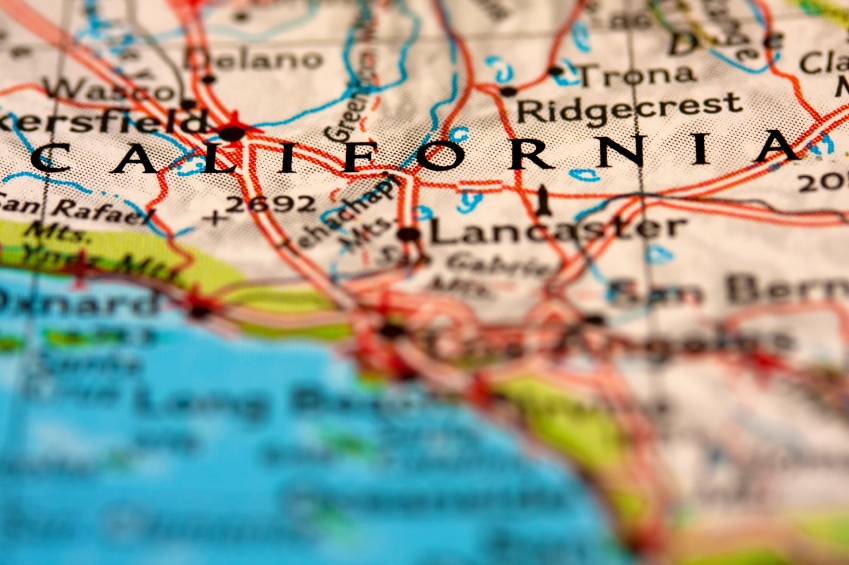 California’s super-productive farmland is being overrun by development projects. Sprawly exurban housing development and even solar projects threaten to gobble up all the Golden State’s arable land. As of 2007, California was home to more than 25 million acres of cropland, but that’s shrinking by more than 1 percent each year, according to the American Farmland Trust.
California’s super-productive farmland is being overrun by development projects. Sprawly exurban housing development and even solar projects threaten to gobble up all the Golden State’s arable land. As of 2007, California was home to more than 25 million acres of cropland, but that’s shrinking by more than 1 percent each year, according to the American Farmland Trust.
All’s not lost, though: Two proposed bills could give a boost to California agriculture big and small, and potentially change the way the Golden State develops over the coming years.
First up: The Urban Agriculture Incentive Zone Act, AB 551. This would set up an optional program for counties to give residents breaks on their property taxes so long as they’re using the land to grow food. “One of the biggest obstacles to expanding urban agriculture within California is access to land. This legislation provides an incentive to private landowners to make more land available for urban agriculture, while at the same time enabling them to do so at a lowered cost, which is especially critical for the viability of commercial urban farms,” according to San Francisco based urban think tank SPUR.
For non-city dwellers, the California Farmland Protection Act, AB 823, packs a much bigger punch. The bill would require that developers protect one acre of farmland for every acre they build on, either by buying it themselves or bankrolling the purchase by another entity.
From the bill:
Dependent on land and natural resources, California agriculture is uniquely vulnerable to global warming. Global warming poses a serious threat to California agriculture with rising temperatures, constrained water resources, increases in extreme weather events, reduced winter chilling hours, and rising sea levels.
California agriculture is also uniquely positioned to provide climate benefits by reducing greenhouse gas emissions. Research funded by the State Energy Resources Conservation and Development Commission’s Public Interest Energy Research program found that an acre of irrigated cropland emits 70 times fewer greenhouse gas emissions than an acre of urban land.
This bill wouldn’t just protect farms: It’s also an incentive to build more densely in a state that’s had a long history of serious suburb love. Save California farmland and grow its cities, all in one fell swoop? Yes, please.



